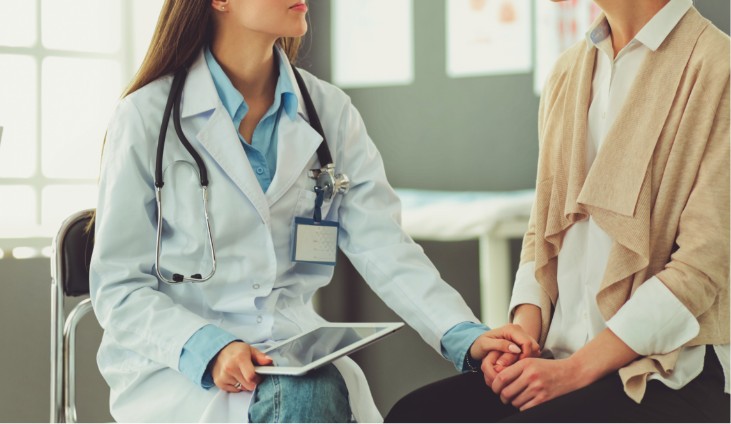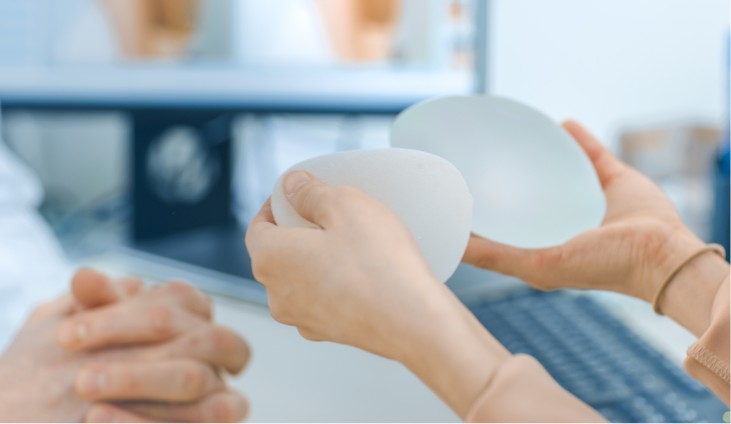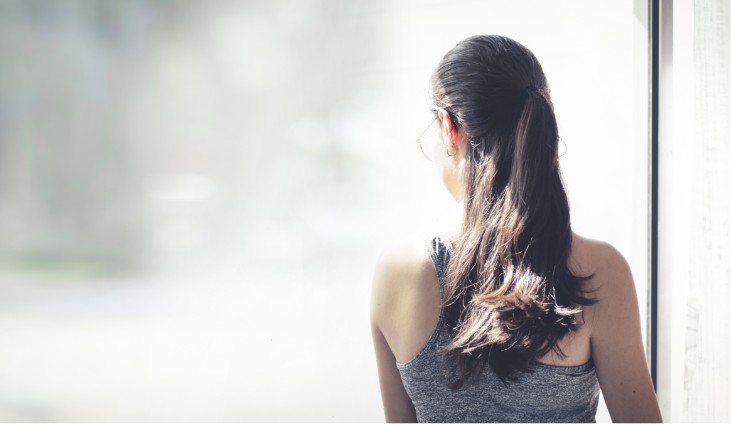- Category: Women's Health
- Published:
Breast Cancer Awareness: Remember to Self-Checkup!
What is Breast Cancer?
Breast cancer is a disease where cells in the breast grow out of control. There are various types of breast cancer, and each one of these depends upon which cells in the breast transform into cancer. This cancer can start in multiple parts of the breast and can also be a hereditary condition.
Breast cancer is, by a wide margin, the most well-known cancer in women around the world. Its frequency has been ascending consistently in the most recent years, primarily due to late detection and poor health conditions.
Even though there are plenty of different causes for this illness, early recognition of the symptoms remains the foundation of breast cancer control. When breast cancer is recognized early, and if satisfactory finding and treatment are accessible, there is an optimistic possibility that breast cancer can be relieved. Whenever distinguished too late, in any case, healing treatment is frequently not a choice. In such cases, palliative consideration to help the enduring of patients and their families is required.
How can I prevent breast cancer? Self-checkups are vital!
One of the most effective ways to battle breast cancer is to detect it on an early stage. And we can jumpstart the process right at home, touching our breasts, paying careful attention to irregular protuberances.
This is a simple step by step guide to get you started in this important process:
Step 1:
Begin by looking at your breasts in the mirror with your shoulders straight and your arms on your hips. You ought to be paying particular attention to any adjustments in breast size, shape, shading, or any noticeable swellings, redness, or pain.
Step 2:
Now, raise your arms and search for similar signs.
Step 3:
While you’re at the mirror, search for any liquid indications coming out of one of the two areolas (this could be a watery, smooth, or yellow liquid, or blood). Although this may be normal, particularly if you have previously breast fed it is always important to consult a doctor if you experience any sort of discharge from the nipples.
Step 4:
Next, feel your breasts while resting, utilizing your right hand to feel your left breast and afterward your left hand to feel your right breast.
Utilize a firm, smooth touch with your fingers while you perform a round motion: start at the areola, expanding the circles until you arrive at the external edge of the breast.
Make sure to feel all the tissue from the front to the back of your breasts. Tenderly squeeze every areola among thumb and look for any discharges.
See! It’s not so scary: self-checkup involves taking the time to understand what is normal for your body. Not every cancer can be found this way, but it is nonetheless essential. Breasts come in all shapes and sizes, so what’s “normal” for one person may not be for someone else. Only you know what is “normal” for you. The best way to learn is to take some time to get to know your body.
Breast self-assessment is simple and doesn’t require professional skill, just you showing some love to your body. Remember, early detection saves lives!
*The content provided herein is for informational and educational purposes only and is not intended as medical advice or as substitute for a consultation with a physician.
Sources
https://www.cancer.org/cancer/breast-cancer.html
https://www.nationalbreastcancer.org/breast-cancer-faqs/
https://www.iarc.fr/news-events/globocan-2008-cancer-incidence-and-mortality-worldwide/








